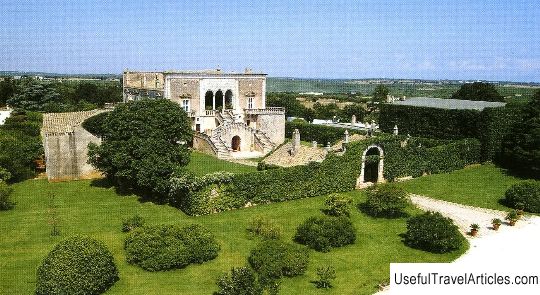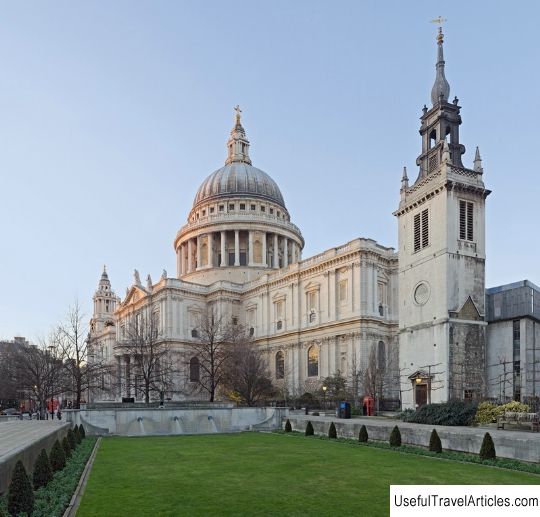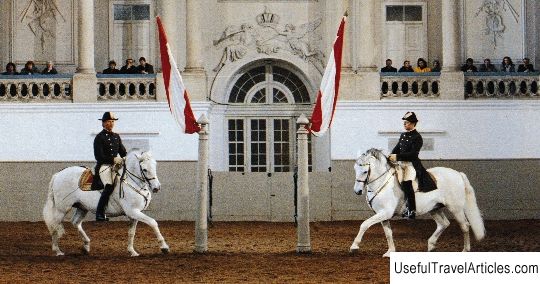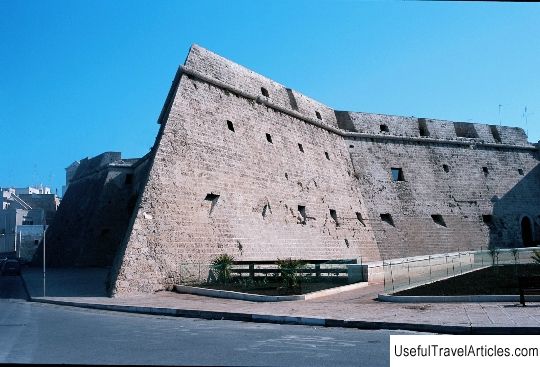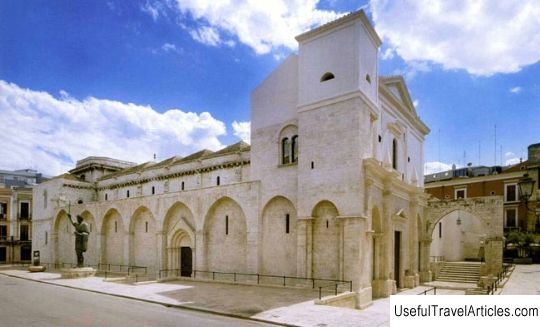Conversano description and photos - Italy: Apulia
Rating: 8,4/10 (9065 votes) 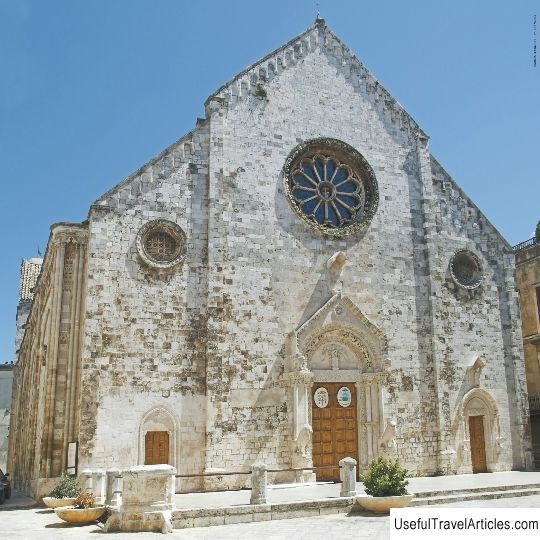
Conversano description and photos - Italy: Apulia. Detailed information about the attraction. Description, photographs and a map showing the nearest significant objects. The title in English is Conversano. Photo and descriptionConversano is an ancient city in the Italian region of Apulia, located 30 km southeast of Bari and 7 km from the Adriatic coast. It was here that the stable of the Counts of Conversano was located, where they bred Napoletano horses. One of these horses, born in 1767 and named Conversano, became the main stud stallion for the Lipizzan breed. The territory of the modern city has been inhabited since the Iron Age, when the Yapig and Pevket tribes founded a settlement on the hill called Norba. Already by the 6th century BC. it became a thriving trading city, strongly influenced by the nearby Greek colonies. In 268 BC. Norbu was captured by the Romans, and seven centuries later, when the Visigoths invaded the Apennine Peninsula, the city was abandoned. The new city that appeared on the ruins of Norba became famous in the middle of the 11th century, when the Norman ruler took the title of Count of Conversano and turned it into the capital of a large county located between Lecce and Nardo. Then, for three centuries, the city passed from hand to hand, until in 1455 it became the property of Caterina del Balzo Orsini, the wife of Giulio Antonio Aquaviva, whose family ruled here until the beginning of the 19th century. Today this small town is known primarily for its medieval castle, Castello Conversano, which was built during the reign of the Normans and the Hohenstaufens. It is located on a hill overlooking the city and dates from the 6th century, although most of the castle was significantly rebuilt in the 11th century. Its notable feature is the only round tower built by Giulio Aquaviva. The Romanesque cathedral was built in the 11th century, but some of its decorations were added in the 14th and 17th centuries. Its exterior is characterized by a Romanesque facade with a huge rosette window and three portals decorated with a sculptural composition. Inside you can see a 15th-century fresco by a master of the Pisa school and an icon of the Madonna della Fonte, patroness of the city. The Benedictine monastery of Conversano, founded, according to legend, in the 6th century, was once one of the most influential in all of Apulia. In the middle of the 13th century, the Benedictines were evicted and replaced by the Cistercians. It was the only monastery in Europe whose novices could wear religious symbols, such as the miter. Part of the 11th century wall has survived in the abbey church, and its decorations date back to the mid-17th century. It is noteworthy that the bell tower of the monastery is higher than the bell tower of the cathedral - it was a symbol of the superiority of the abbey over the diocese. Other landmarks in Conversano include the 6th century BC megalithic complex, the Baroque church of San Cosma and San Damiano, the 13th century church of San Francesco and the 12th century Santa Caterina church. The nearby Castello Marchione and the Castiglione ruins are also worth exploring.       We also recommend reading Monastery of St. Lambrecht (Stift St. Lambrecht) description and photos - Austria: Styria Topic: Conversano description and photos - Italy: Apulia. |
